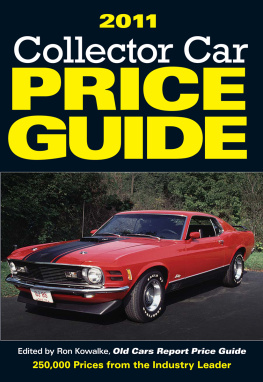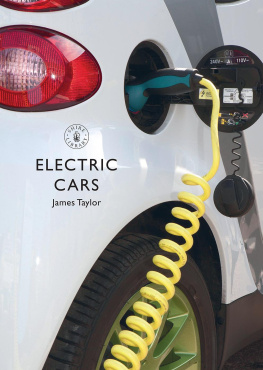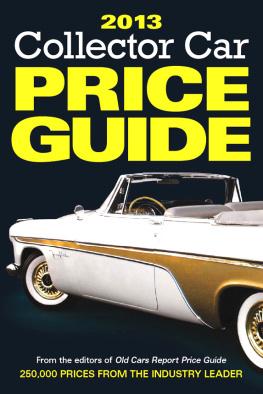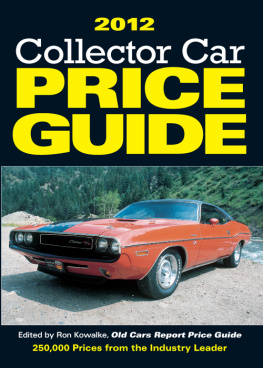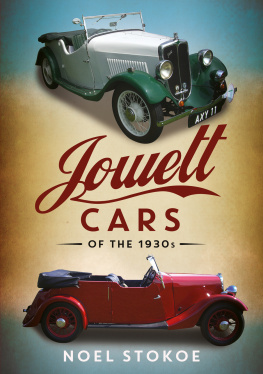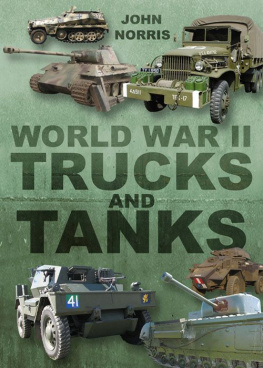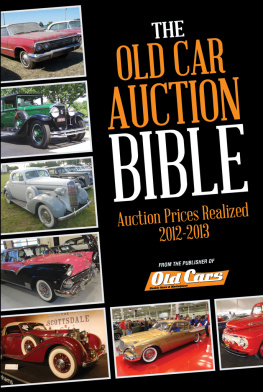

Copyright Les Editions Edmonston, 2012
All rights reserved. No part of this publication may be reproduced, stored in a retrieval system, or transmitted in any form or by any means, electronic, mechanical, photocopying, recording, or otherwise (except for brief passages for purposes of review) without the prior permission of Dundurn Press. Permission to photocopy should be requested from Access Copyright.
Editing: Jade Colbert, Stacey Curtis, Cy Strom
Design: Jack Steiner
Printer: Webcom
1 2 3 4 5 16 15 14 13 12

We acknowledge the support of the Canada Council for the Arts and the Ontario Arts Council for our publishing program. We also acknowledge the financial support of the Government of Canada through the Canada Book Fund and Livres Canada Books, and the Government of Ontario through the Ontario Book Publishers Tax Credit program, and the Ontario Media Development Corporation.
Care has been taken to trace the ownership of copyright material used in this book. The author and the publisher welcome any information enabling them to rectify any references or credits in subsequent editions.
J. Kirk Howard, President
Printed and bound in Canada.
www.dundurn.com
Dundurn Press
3 Church Street, Suite 500
Toronto, Ontario, Canada
M5E 1M2
Gazelle Book Services Limited
White Cross Mills
High Town, Lancaster, England
LA1 4XS
Dundurn Press
2250 Military Road
Tonawanda, NY
U.S.A. 14150
CONTENTS
Introduction
SECRETS, SURPRISES, AND SAFETY DEFECTS
Part One
BEATERS AND BARGAINS
Part Two
LEGAL RIGHTS AND WRONGS
Part Three
19812010: THE GOOD, THE BAD, AND THE DANGEROUS
Appendix
BEATERS, NEWBIES, AND ORPHANS
KEY DOCUMENTS
Introduction
SECRETS, SURPRISES, AND SAFETY DEFECTS
Part One
BEATERS AND BARGAINS
200710 GM engine oil leaks TSB
Part Two
LEGAL RIGHTS AND WRONGS
Part Three
19812010: THE GOOD, THE BAD, AND THE DANGEROUS
Appendix
BEATERS, NEWBIES, AND ORPHANS
Introduction
SECRETS, SURPRISES, AND
SAFETY DEFECTS
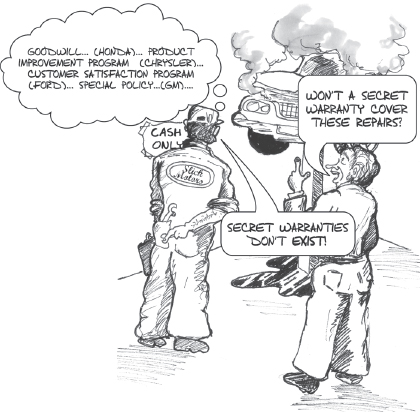
Who Do You Trust?
Tokyo Electric Power Co., or Tepco, announced on national TV that all was well: The utility was on top of the accident. No radiation had been released into the atmosphere. Return to regular programming.
Mainstream media dutifully reported that story. But not Shiraishis Our Planet TV, which soon broadcast a live interview with five Japanese reporters in Futaba City, a community near the stricken plant. The reporters, who had covered the Chernobyl disaster, told a very different tale.
They held up Geiger counters showing the level of radiation was almost beyond calculation, said Shiraishi, a former network TV journalist who co-founded the Internet venture in 2001, hosts the show and reports many of its stories. Theyd never seen anything like it.
LOS ANGELES TIMES
DECEMBER 18, 2011
http://articles.latimes.com/2011/dec/18/world/la-fg-japan-distrust-20111218
In researching this 42nd annual edition of Lemon-Aid, I see that the auto industry is still up to its old tricks: lying to customers about fuel economy and safety; giving less car but asking for more money; and making owners pay for repairs that are caused by factory screw-ups.
Radioactive cars?
You bet.
But dont expect Japanese automakers who routinely ignore claims of sudden acceleration and catastrophic brake failures to be any more truthful about their radioactive cars. They know some of their contaminated vehicles and parts were shipped to Chile and Russia, where they were turned back.
Since few ports scan for radiation, the Associated Press estimates that 1 percent of all shipped vehicles, parts, and accessories (powertrains, hybrid parts, radios, and tires) will be radioactive and will show up in other countries, including North America.
The March 11, 2011 nuclear plant meltdowns in Japan show that, just as in war, truth is the first casualty of natural disasters. You can expect governments and corporations to lie through their teeth in order to protect their own interests.
Prudent new and used car shoppers should be wary of Japanese vehicles built or exported from Japan after March 11. Instead, choose a model manufactured in Canada, the United States, or Mexico. You can confirm where a vehicle was built by looking at the date of manufacture plate (usually affixed to the drivers inside door jamb, near where the oil change stickers are found).
Japanese-made car parts are sold to automakers around the world. This means auto parts installed by dealers for any make of vehicle could be contaminated due to parts suppliers close proximity to the Fukushima nuclear facilities.
So far, there is no agreement as to how much radiation poses a health threat since the effects vary and cancers can be slow-growing. Lemon-Aids position is that Canada must be proactive and install radiation screening for imported vehicles at all major ports of entry.
Even if Ottawa says there is no threat from radioactive Asian imports, other countries and independent medical research disagree. Radiation from the Fukushima blast represents a real danger to North Americans, but especially to children, says the most recent independent health study, released December 19, 2011 and found at www.radiation.org/press/pressrelease111219FukushimaReactor-Fallout.html ):
An estimated 14,000 excess deaths in the United States are linked to the radioactive fallout from the disaster at the Fukushima nuclear reactors in Japan, according to a major new article in the December 2011 edition of the International Journal of Health services. This is the first peer-reviewed study published in a medical journal documenting the health hazards of Fukushima.
Authors Joseph Mangano and Janette Sherman note that their estimate of 14,000 excess U.S. deaths in the 14 weeks after the Fukushima meltdowns is comparable to the 16,500 excess deaths in the 17 weeks after the Chernobyl meltdown in 1986. The rise in reported deaths after Fukushima was largest among U.S. infants under age one. The 20102011 increase for infant deaths in the spring was 1.8 percent, compared to a decrease of 8.37 percent in the preceding 14 weeks.
Just six days after the disastrous meltdowns struck four reactors at Fukushima on March 11, scientists detected the plume of toxic fallout had arrived over American shores. Subsequent measurements by the U.S. Environmental Protection Agency (EPA) found levels of radiation in air, water, and milk hundreds of times above normal across the U.S. The highest detected levels of Iodine-131 in precipitation in the U.S. were as follows (normal is about 2 picocuries I-131 per liter of water): Boise, ID (390); Kansas City (200); Salt Lake City (190); Jacksonville, FL (150); Olympia, WA (125); and Boston, MA (92).
Next page

